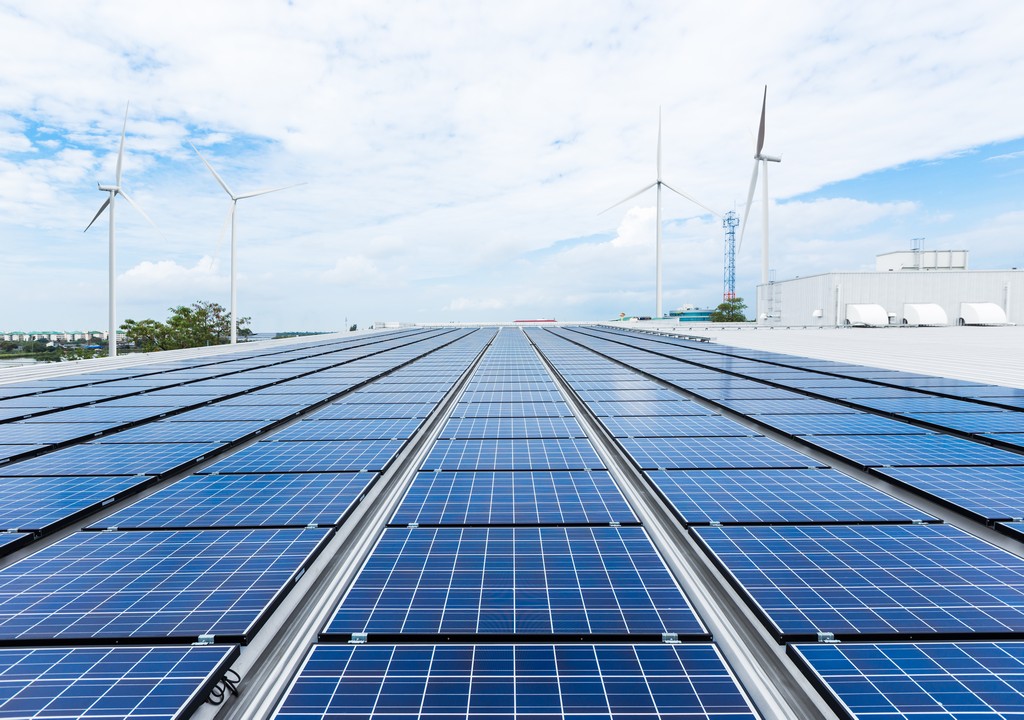DOE eyeing renewable energy limitation on power grids
- September 5, 2016
- 0

The Department of Energy is looking to limit renewable energy exposure in areas like Negros Island where transmission line constraints are present.
DOE assistant director Mario Marasigan said they were trying to avoid an overflowing solar concentration in one area.
“What we are looking at is we will set a certain percentage on a per grid segment, then we will limit what the line can accommodate,” Marasigan said during the sidelines of the Solar Summit.
The Negros Island currently has an available supply of 490 megawatts (MW), but has a demand of only 309 MW. An excess power of 180 MW is needed to be exported to Panay or Cebu.
Negros’ installed capacity has exceeded the areas’ demand, which led to an automatic reduction of generation output from solar plants to avoid overloading.
Marasigan said the energy department is looking to coordinate with the National Grid Corp. of the Philippines (NGCP) to ensure a yearly transmission update with renewable energy, like wind and solar projects.
“We are coming up with a policy. Part of the policy is, we will look at where demand for solar is, it should be the daytime demand. For wind, it should be in accordance with its generation profile. Second… is the capacity of the line to accept, transmit generated power per location,” Marasigan said, adding that they cannot stop investments, but can set a regulation that can prevent another ‘Negros situation.’
With the entry if more than 316 megawatts of solar power in Negros Island, the National Grid is plotting three projects that will halt transmission line constraints.
NGCP spokesperson Cynthia Peres-Albanza said their timeline could not keep pace with the fast construction of solar plants, which “caused constraints of existing transmission facilities.”